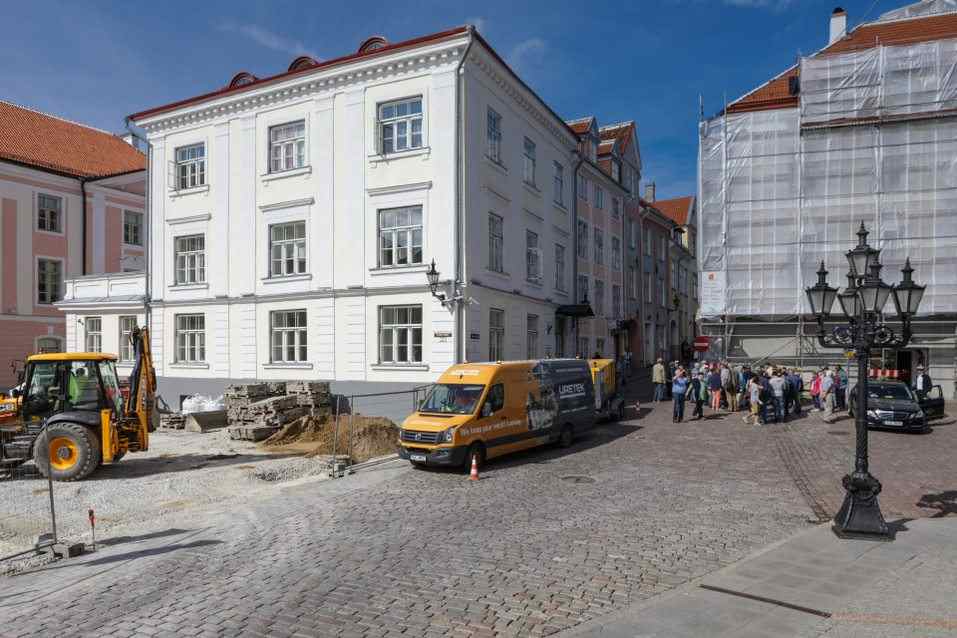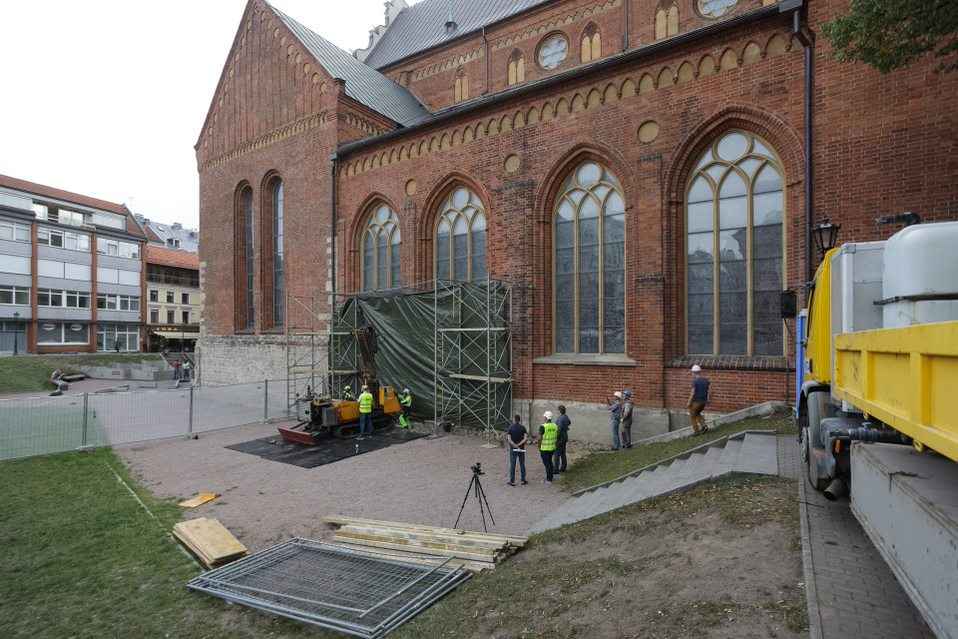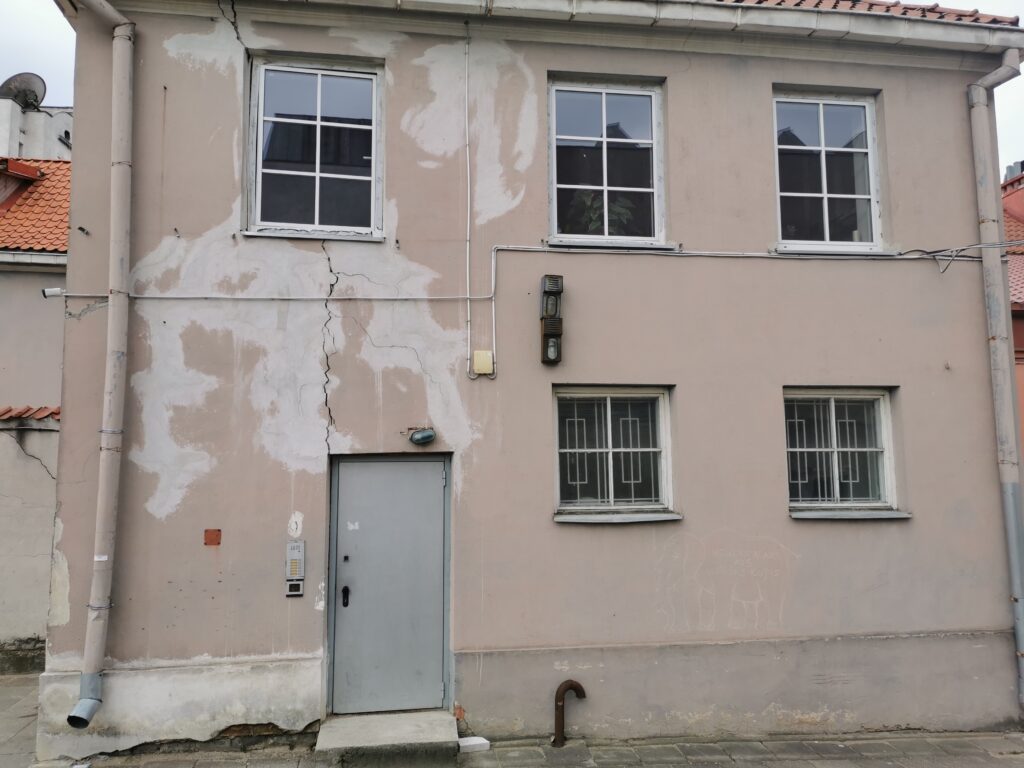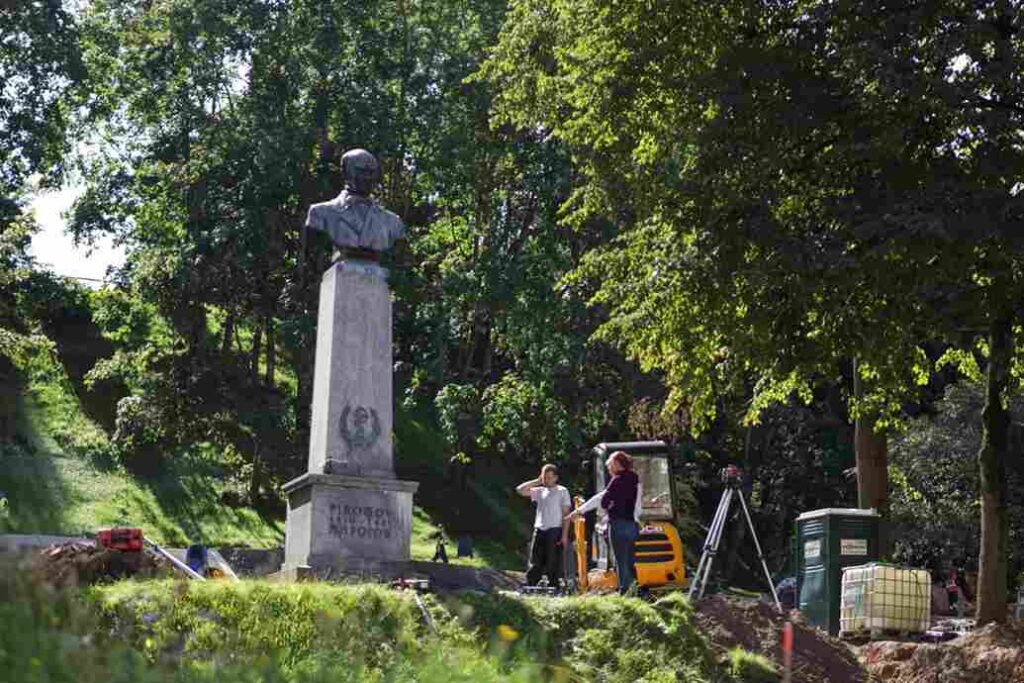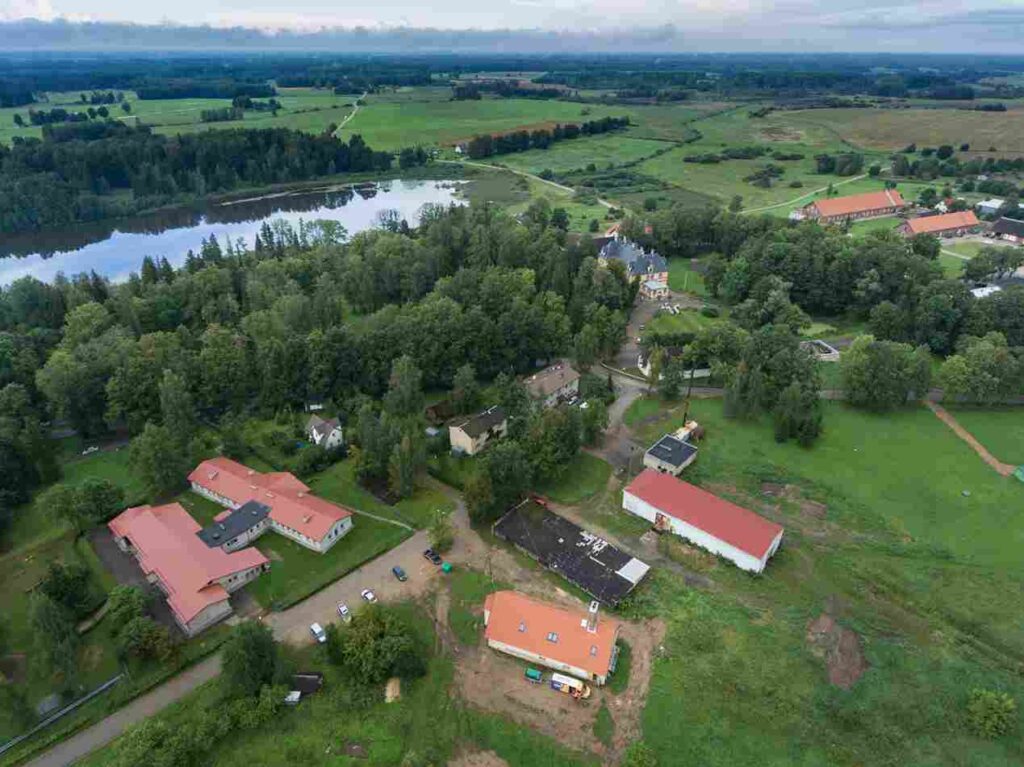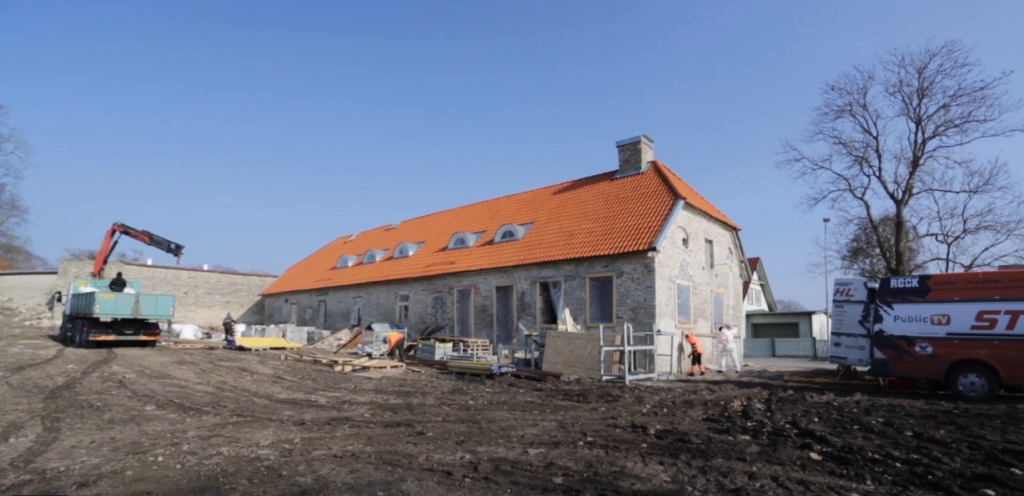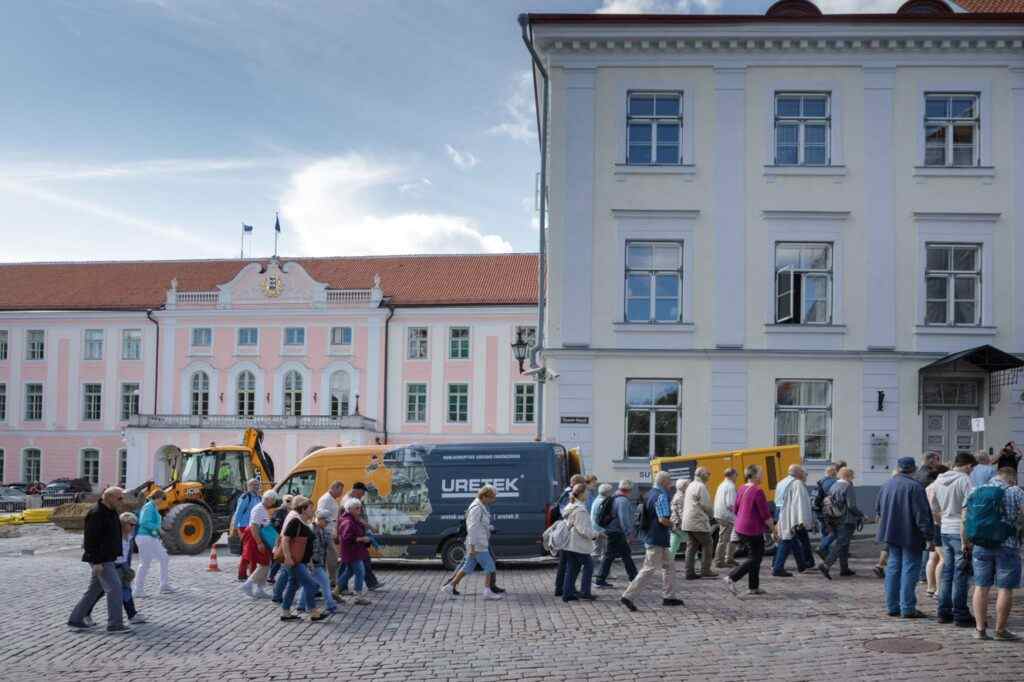
Foundation stabilization and soil compaction of a historical building in the old town of Tallinn
THE PROBLEM
Three-storey nobility building built in Toompea quarter in Tallinn in 1776 started to sink in the 2000s. Remarkable cracks occurred in the façade and partition walls, and new owner of the building started to look for a solution to his problem and contacted URETEK Baltic team. It was known that the building stands on former moat, which meant challenging soil conditions.
WORK PROCESS WITH URETEK TECHNOLOGY
The first stage of work involved making a binding new load-bearing pad between and around the wooden rafts directly under the foundation in order to evenly distribute the weight of the building to soil. Stage two comprised penetration of previously created load-bearing pad and injection of a stronger and wider pad. Stage three involved penetrating both pads and reaching load-bearing soil, where URETEK polymer resin was injected by pull method. This method was used to fill the soil evenly from load-bearing soil to previously supported pads. URETEK Baltic team injected geopolymer resin at the depth of 7 m and special geopolymer resin was also injected in already rotten rafts, to capsulate the logs that were still intact and replace decomposed logs with stronger resin and soil mixture.
URETEK Baltic team prepared work schedule and progress plans. They started compilation of additional and new geology reports. It was also discovered that the building is erected on wooden rafts that were inevitably past their expected life and completely rotten. As the foundation of the house was laid as stone wall on wooden rafts, it was urgent to replace rotten wood with a new load bearing “raft”. Special URETEK polymer resin was chosen for that purpose.
THE RESULT
Entire duration of work was six business days and the residents of the house could stay in the house and not move out for the time of works; a business venue operating in the building also continued its daily activities.

